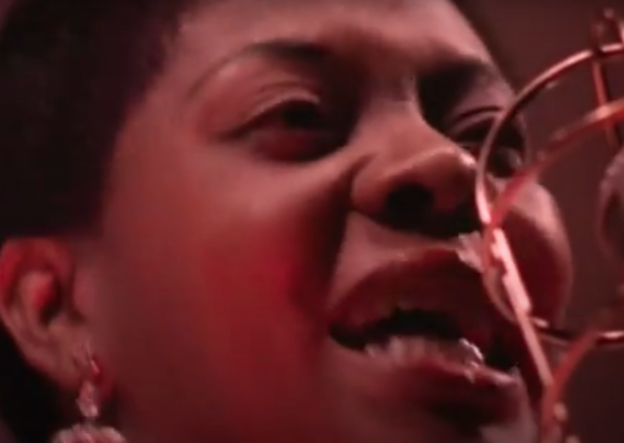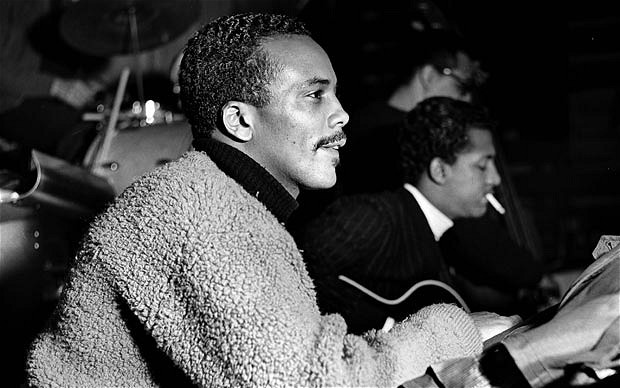
Yes, as Richard Brody and others have pointed out, JAZZ ON A SUMMER’S DAY—photographer Bert Stern’s indelible documentary of the 1958 Newport Jazz Festival—could have been a different kind of film. Sonny Rollins, Mary Lou Williams, Duke Ellington, Max Roach, and Miles Davis—with John Coltrane in his sextet—were also in Newport that year, but their performances didn’t make the final cut.
Yet the film remains one of the greatest jazz documentaries ever made, a picture of the art form at its peak just as rock and roll was about to replace it as the country’s most popular musical genre.


The performances of Dinah Washington and Anita O’Day alone are worth the price of admission, and Stern’s camera also captures the playing of Thelonious Monk, Louis Armstrong, Gerry Mulligan, Sonny Stitt, Chico Hamilton, Jimmy Guiffre, and Chuck Berry. The great gospel singer Mahalia Jackson closes the film.
JAZZ ON A SUMMER’S DAY is screening now on Kino Lorber’s Kino Marquee. See link below for details.


Laemmle, Los Angeles

Bert Stern, Jazz on a Summer’s Day (1959), from top: Dinah Washington singing “All of Me”; Anita O’Day; Jack Teagarden (left) and Louis Armstrong; Thelonious Monk; Ralph Ellison (left), Langston Hughes, and James Baldwin at the 1958 Newport Jazz Festival; poster courtesy and © Kino Lorber; program from the first Newport Jazz Festival, 1954; Miles Davis at the 1958 festival.








